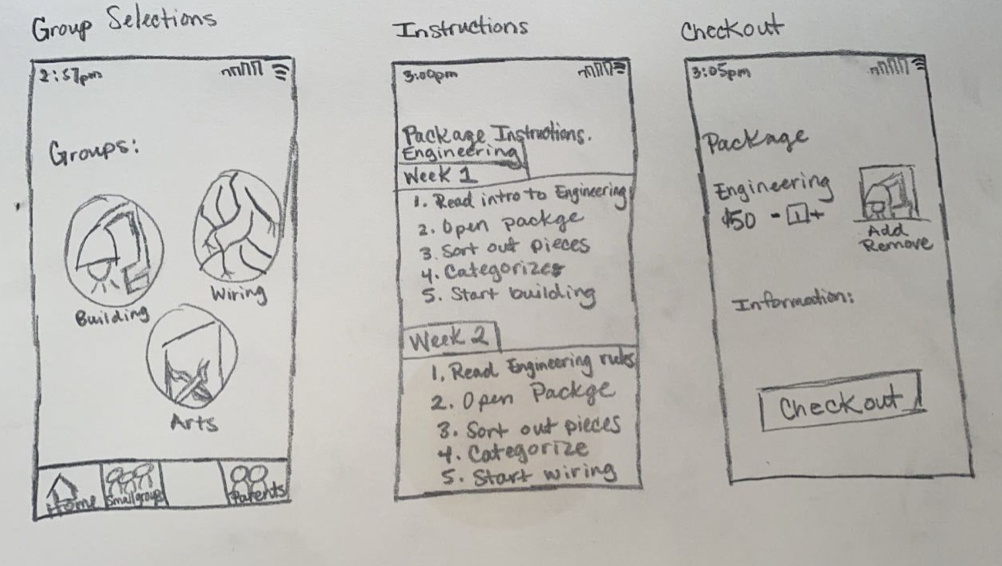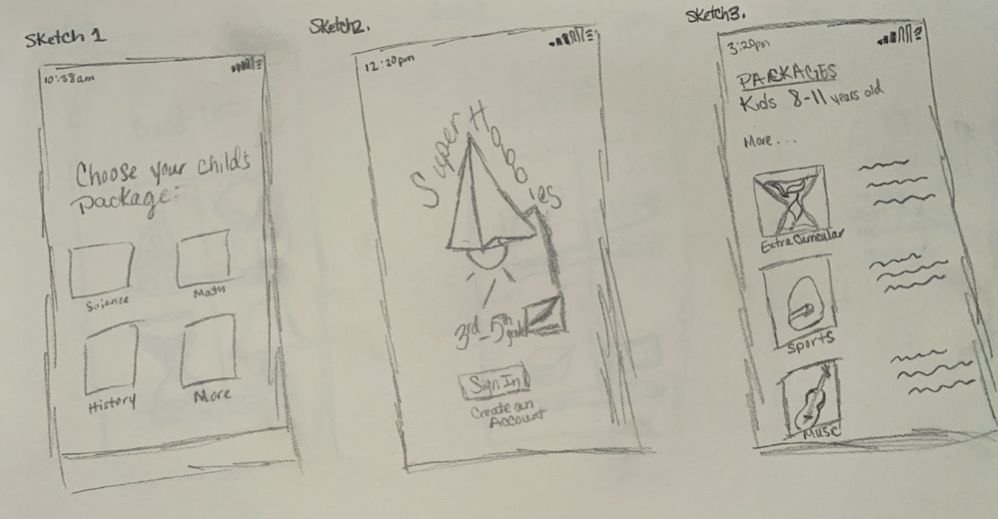
COVID -19 Remote Learning
Design Question
How might we support equity in access to enrichment programs for elementary school children and make learning fun and engaging for them during the COVID times?
Project Overview
The purpose of this project is to support engaging enrichment programs and options for students who are now participating in e-learning only systems. The goal is to make these accessible for students who learn best in both remote and in person environments and provide equitable options that are local and adhere to COVID-19 restrictions.
Research 4 Virtual Learners
Interviews with potential students with parent consent.
Interviews
The user interviews focused on qualitative data from K-5th grade parents and a teacher. This showed primary challenges that the students, teachers, and parents all faced such as too much screen time for students (6-8 hours per day just classroom time alone), a feeling of disconnection and lack of support between students, peers, and teachers, and a lack of hands-on activities for students due to large groups and low interaction.
Photo showing the potential school environment for students working remotely.
Personal Inventory
During the personal inventory research process students did require initial adaptation to attending the correct courses and submitting assignments on-time. As well as facing possible distraction from other devices for upper-level students or less interest in classes. Some of the virtual learning benefits that were captured were: less commute time, more family time, and access to home environments that may equip certain children with what they need (ex. sensory toys, extra learning devices, etc.).
Survey
The survey method provided insight on how important it was to the parent for their child to have educational enrichment programs. About 85% of surveyors believed it was important (>5) to them as parents.
Interview Findings
Our interview with the teacher showed that not all students had access to the same resources or access to cameras due to equity concerns. and
Teachers faced issues with building relationships with students that chose to have cameras off.
Children were found not to appear as interested in signing up for more virtual classes.
Teachers expressed an overall concern for a lack of exposure to socialization for their kids as well as lack of physical activity for students.
Challenges
Distractions
2. Restlessness
3. No in person interaction
Goals
Try to enable students to be active.
Be able to take part in enrichment programs more than once a week.
3. Receive extra educational help.
Creating A User
Underestimating Hybrid Learning Problems
Design Requirements
Engagement: The activities offered catch the interest of the students and has them coming back for more.
Health and Safety: The system should include a health questionnaire and COVID testing regulation that is in place at the local community center for the contact-based project option
Accessibility: The design should be accessible for all children, whether they are able to participate in small groups or need to attend remotely
Equity: The design should be affordable for all families and offer sliding scale payment
Foster Relationships: The design should offer an opportunity for students to have non instructional time to develop relationships with other students, make friends, and discover hobbies.
Understanding Virtual
Learning Issues
Parent User Flow
Student Curriculum User Flow
Sketches & Ideations
Hi-Fi Wireframes
Annotations




Future Tasks
Communication.
Create a chat box so the students can communicate with teachers easily.
Progress.
Create a progress tracker to show the parent and student how well they are doing.
Suggestions.
Using AI and machine learning to suggest activities for the kids relevant to their skills and interests.










